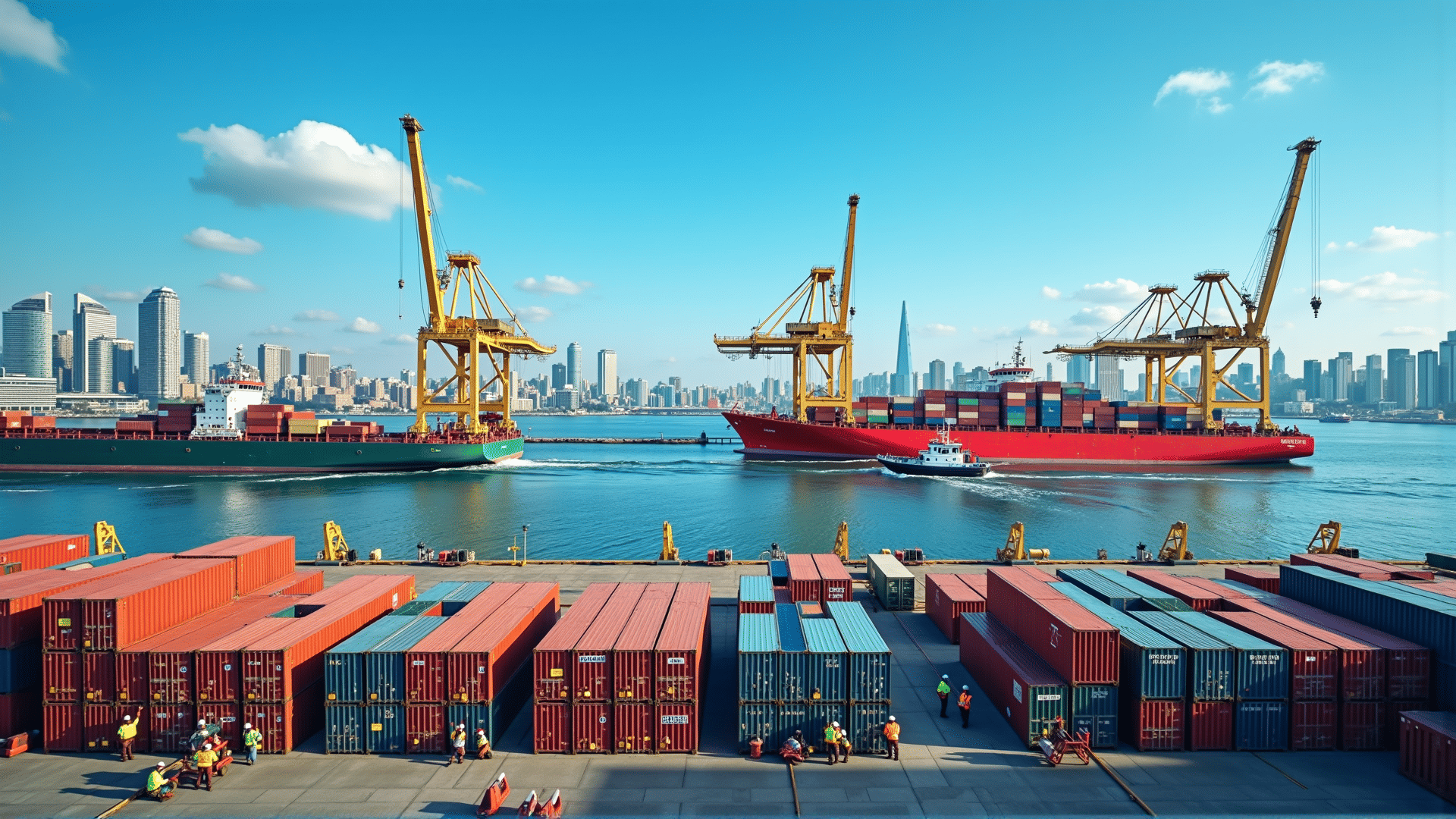Trade in Canada plays a crucial role in shaping the national economy, involving the exchange of goods and services across its expansive geographical landscape. With a vast natural resource base and well-developed infrastructure, Canada's trade network facilitates interactions between provinces and partnerships with international markets.
One key aspect of trade within Canada is the interprovincial exchange of commodities. Each province offers unique resources and products, such as Alberta's oil and Saskatchewan's agricultural produce, which are transported and traded to meet demands across the country. This internal trade supports regional economies and supplies the goods required for diverse industries and consumers.
Transportation infrastructure is vital in supporting trade activities. Canada boasts an extensive network of railways, highways, and ports, making the movement of raw materials and finished goods efficient and reliable. The use of these facilities ensures that products can reach markets swiftly, maintaining the flow of trade across the nation.
Internationally, Canada engages in trade with numerous countries, with the United States being its largest partner due to geographic proximity and established agreements. Exporting commodities like minerals, forest products, and technology items, Canada sustains its economic interactions on a global scale. Importing goods further fuels domestic industries and provides a variety of products for consumers.
The trade sector’s contribution is vital in driving employment, offering job opportunities in industries related to production, transportation, and commerce. With a workforce engaged in various stages of trade operations, from manufacturing to customer service, the sector is a significant employment generator.
Trade policies and agreements play a significant role in facilitating these exchanges by establishing rules and standards that encourage fair practices and reduce barriers. These policies are designed to enhance economic ties and ensure mutual growth between participating regions and nations.
In summary, trade within Canada is a central pillar in its economic structure, fostering regional development and international relations. Through robust infrastructure, strategic policies, and a diverse range of commodities, Canada's trade system ensures a vibrant economic environment that benefits not only businesses but also the entire nation.
